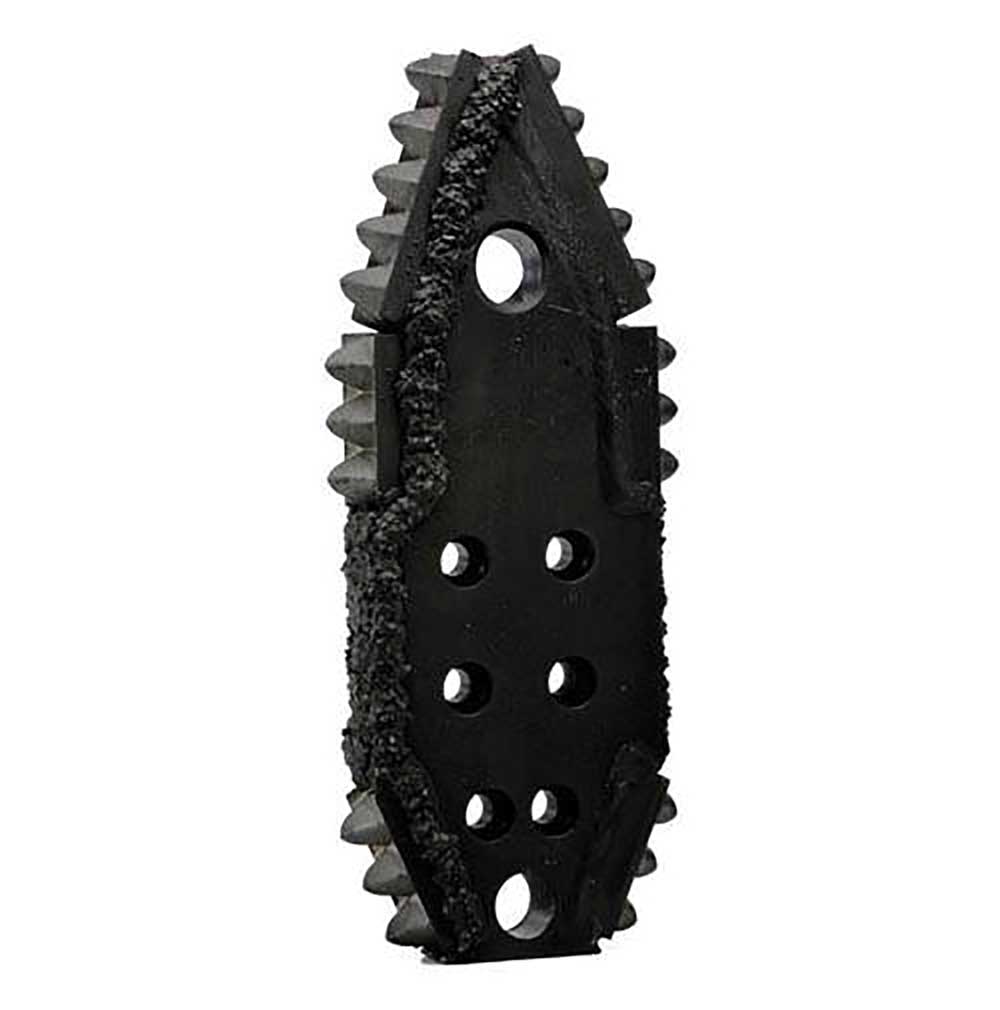
Gaining Efficiencies on Smaller Diameter Bores
Since the early 1970s, horizontal directional drilling (HDD) has played a key role in the development of the world’s underground infrastructure. Nowhere is that more evident than here in the United States
Watching the world begin to reshape and restart post Covid-19 has increased the need for internet accessibility and bandwidth. The demand for 5G and fiber technologies across all areas of the United States and beyond continues to rise. The new realities of working from home, remote learning, and increasingly digital lifestyles require the information highway to continue adding more lanes.
RELATED: Enlarged and in Charge
While many businesses and markets have taken significant downturns due to the pandemic, small HDD rig contractors have continued to graze across the country installing mile after mile of conduit and cable. Even as the larger inner cities begin to connect, the opportunities to deliver service to more distant and rural areas continue to grow.

As encouraging as the foreseeable future is for trenchless construction, that certainly does not mean it will be easy. For the HDD contractor, small diameter bores require a unique set of skills and experience to navigate the challenges fiber jobs can present.
RELATED: Ins and Outs of HDD Tooling Life
Piloting a bore through tight easements may look easy on paper but can be completely different on site. Small entry and exit pits connected by other buried utilities or lines often require the driller to “thread the needle” and even more so in challenging ground conditions. Operators tend to be extremely critical of the tooling they employ as control and accuracy must be balanced with durability and performance. Flat blades are common, but it is important to keep the cutting diameter to a minimum. Flat blades with the addition of welded carbide cutters are more expensive but offer increased protection and carving which most always justifies the additional cost.
Various rock bits have been developed for hard conditions such a gravel, rock or cobble. This increases the price per foot as the cost of such engineered bits are much higher than flat blade options but again, such tools will deliver higher production rates and in difficult conditions can greatly increase production.
Every contractor knows, “Nobody gets paid until the pipe gets pulled.” Success of the pilot bore is critical but installing the product pipe or cable efficiently is the key to making money. Drillers today school themselves on proper mud and other tools to help them complete the job as quickly and easily as possibly. At this point, time is money.
Leading HDD tool manufacturers have developed several options to ease the transition from piloting to pulling. Simple holes in flat bits connect shackles and swivels, while newer rock bit designs offer pulling attachments engineered to withstand the pull ratings of both rig and conduit. Attachments such as the HotShot Pull-back adapter for Radius rock bits eliminates the need to remove the pilot head and allows the connection of pulling tools with just one bolt. Quite literally reducing the pilot-to-pullback change over to just a few minutes.

In cases where the pilot hole needs reamed to an optimal size, manufacturers are again developing tools to speed the conversion to pulling tools. From simple reaming attachments for soft conditions to more robust designs that fit OVER the pilot bit, all are intended to speed the reaming and pipe installation process. Keeping the sonde and bit attached gives the added benefit of monitoring the pullback. This proves to be valuable in tight easements or intersects.
RELATED: Radius HDD – Looking at Things a Little Differently
While attaching the swivel may sound self-explanatory, to maximize efficiency it is important each crew knows to use sealed bearing swivels designed for HDD, Arial and open bearing designs have made their way into the market with a high tendency to fail. Ensure the swivel is oriented and greased, again simple advice but still causes of very common problems.
Proper mud and fluid additives are also key factors in a smooth and efficient pull. It is not uncommon to see small drill operators simply use water as a means to cut cost and speed production. To be fair there are times when that works, but experience proves taking the time to prepare a proper mix will stabilize and lubricate the bore hole. In many cases additives for sand and gravel conditions or clay surfactants can increase productivity by 20 to 25 percent.
Drillers have been stating for years that they “Drill for show – and pull for dough.” In the competitive market of small bore and telecom jobs that is a fact. To make a profit one must make footage. Doing your homework and keeping on top of the tools that are available to ease or speed a project can give you that advantage.
With the demand for fiber and connectivity growing and word of an infrastructure bill percolating in Washington, outlook for today’s HDD contractor looks good. It will undoubtedly remain competitive and require a higher level of organization and efficiency to succeed. Employing proper tools is one component to achieving that success.




